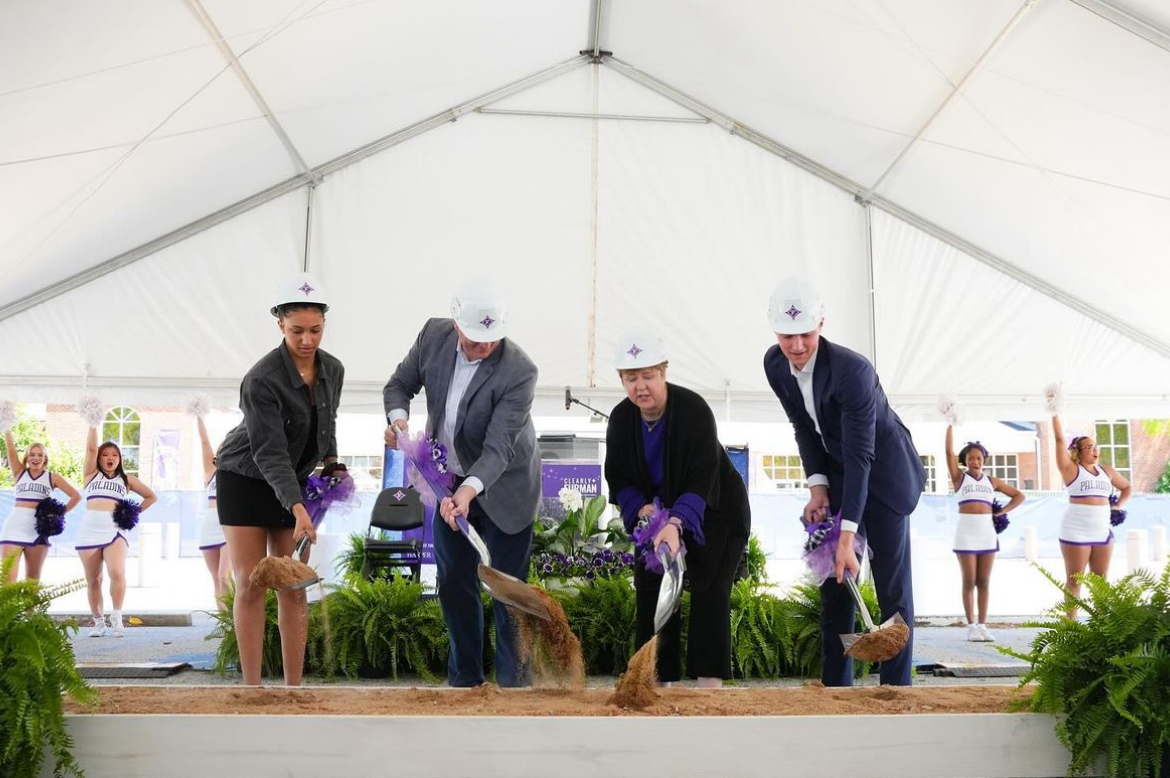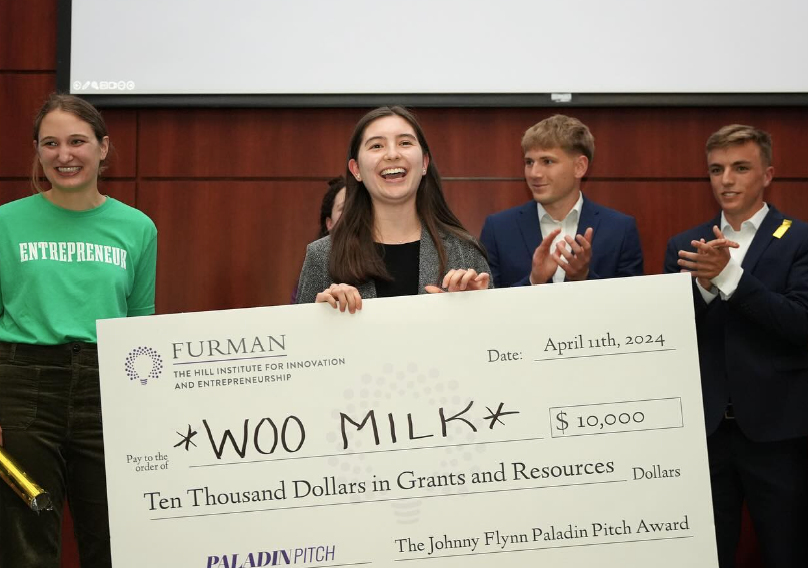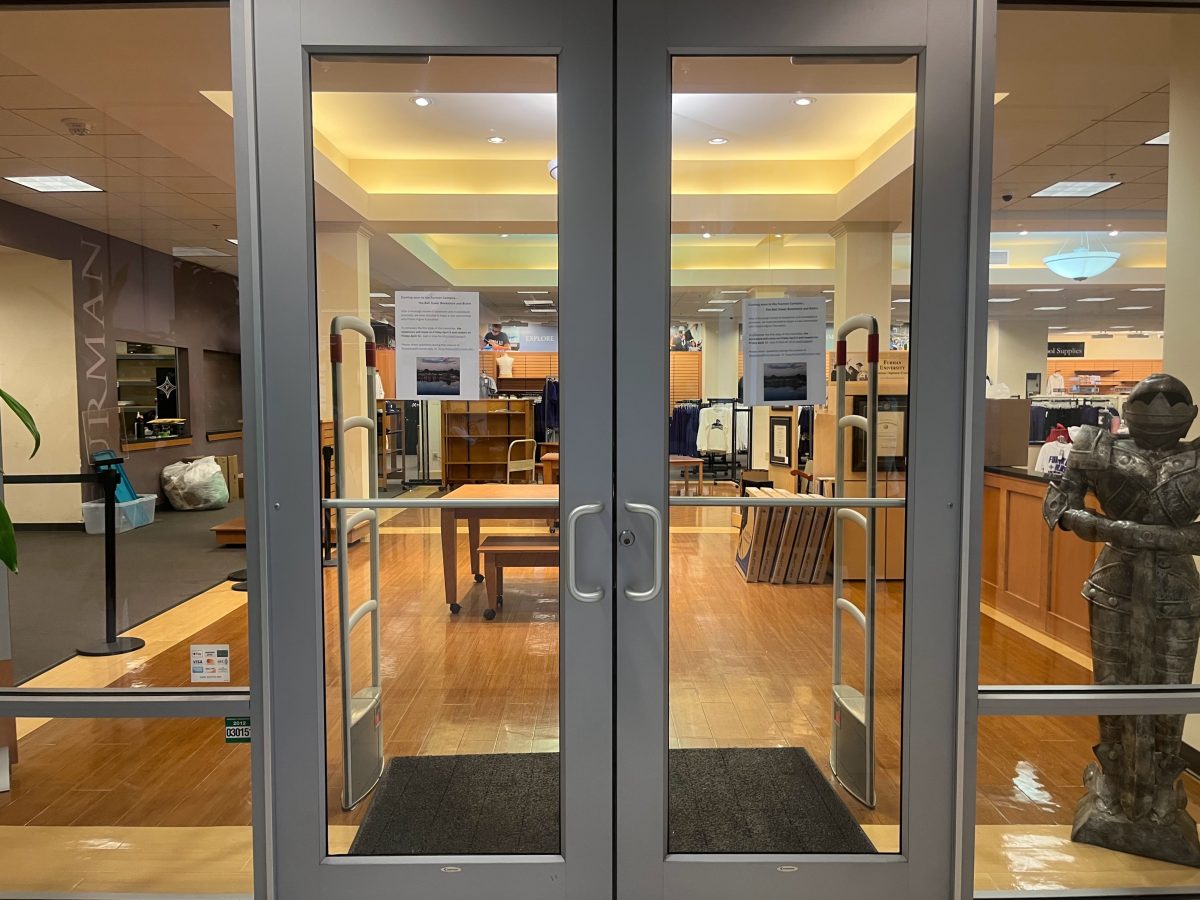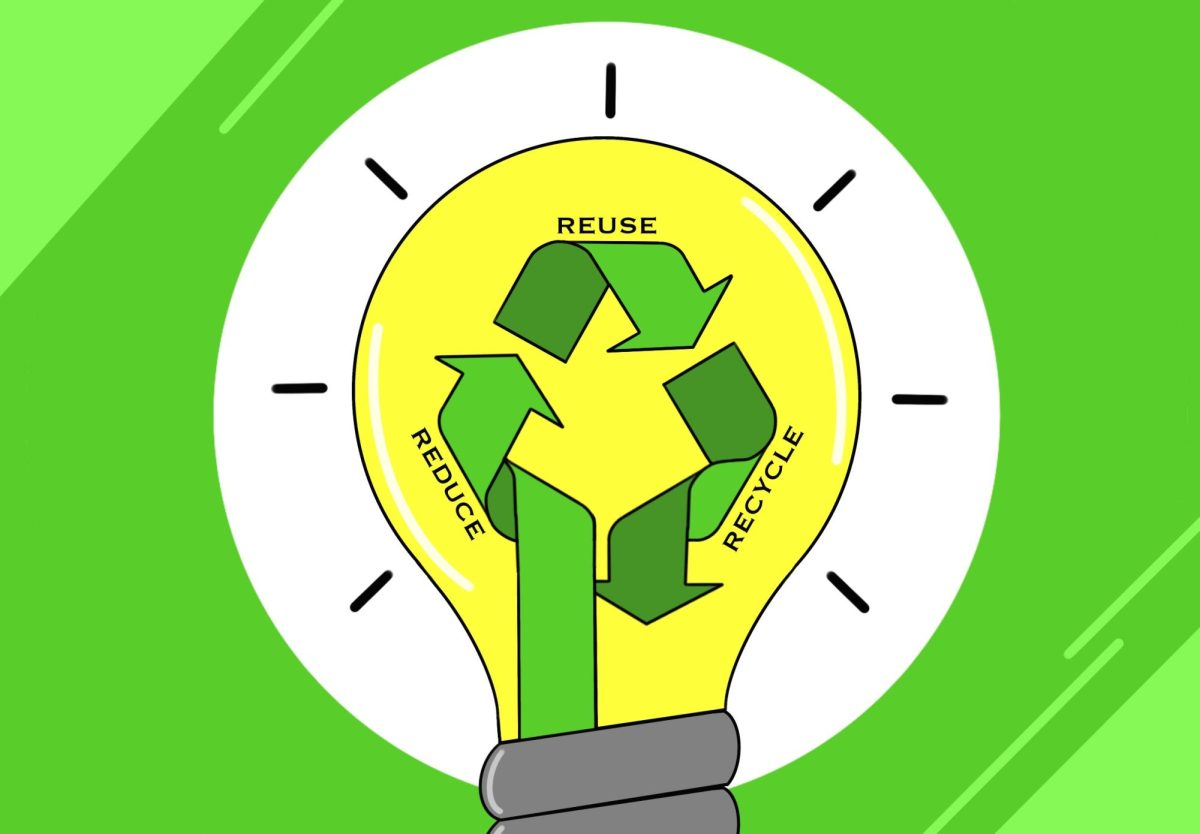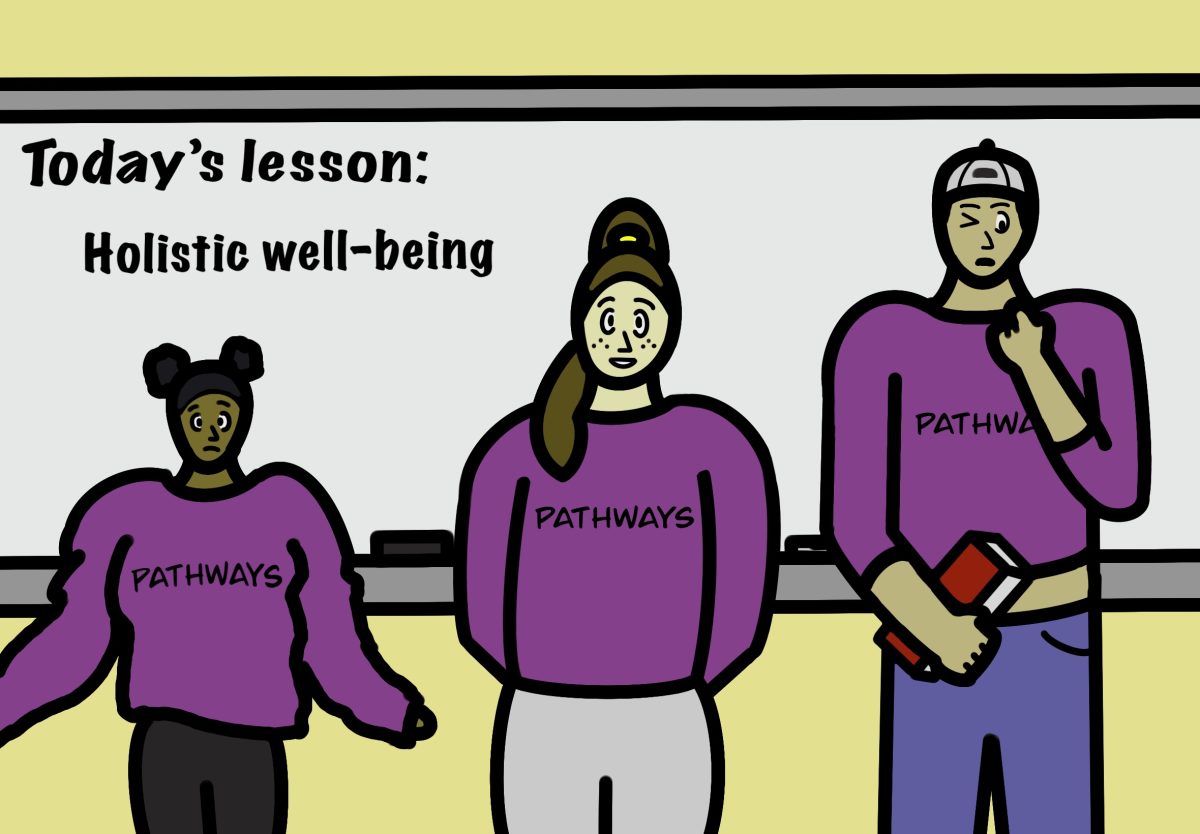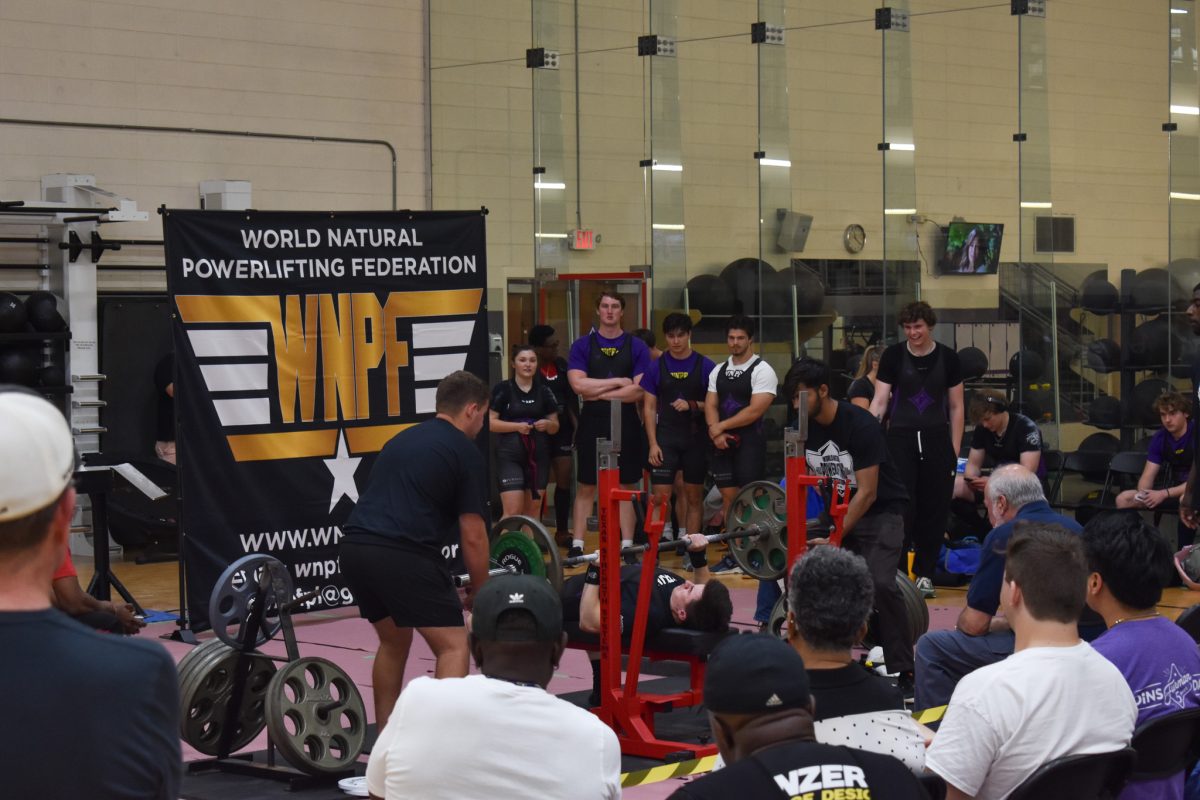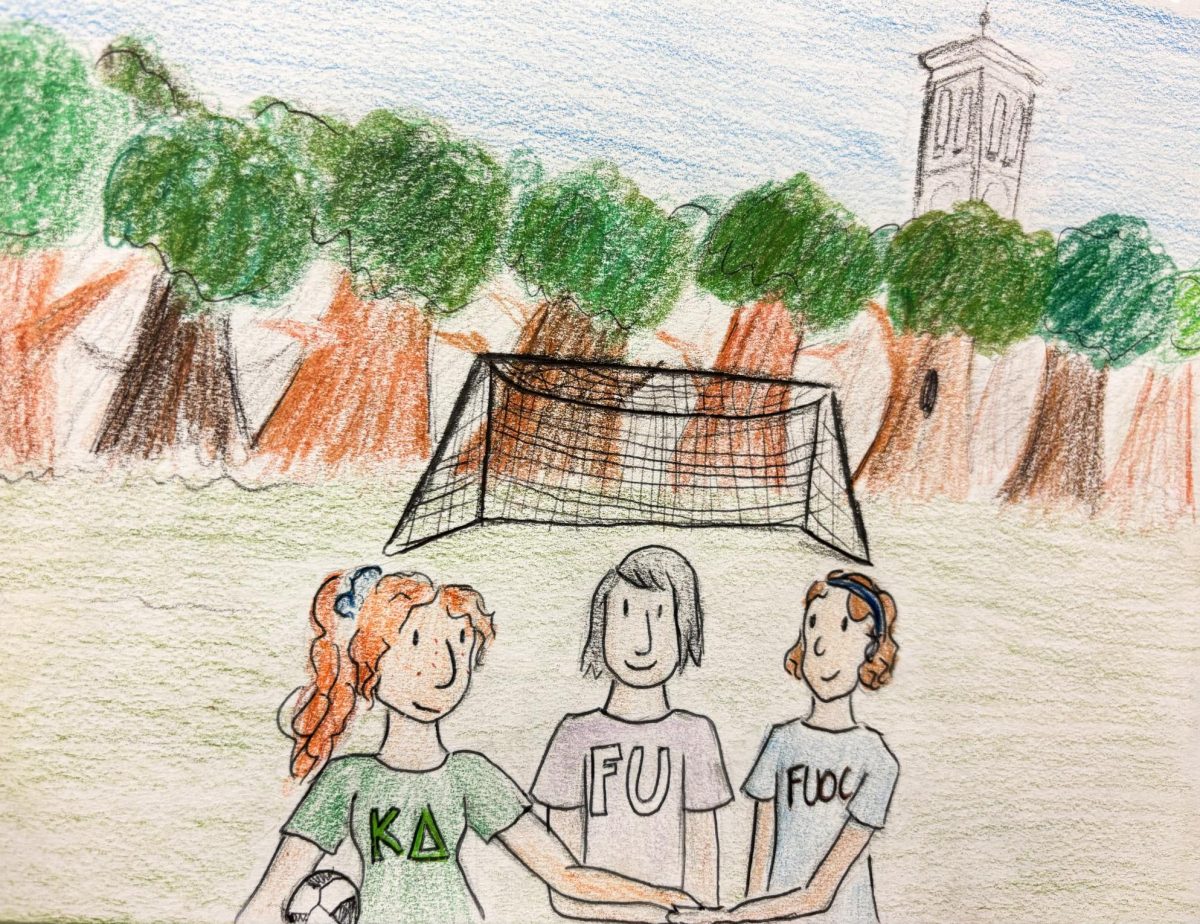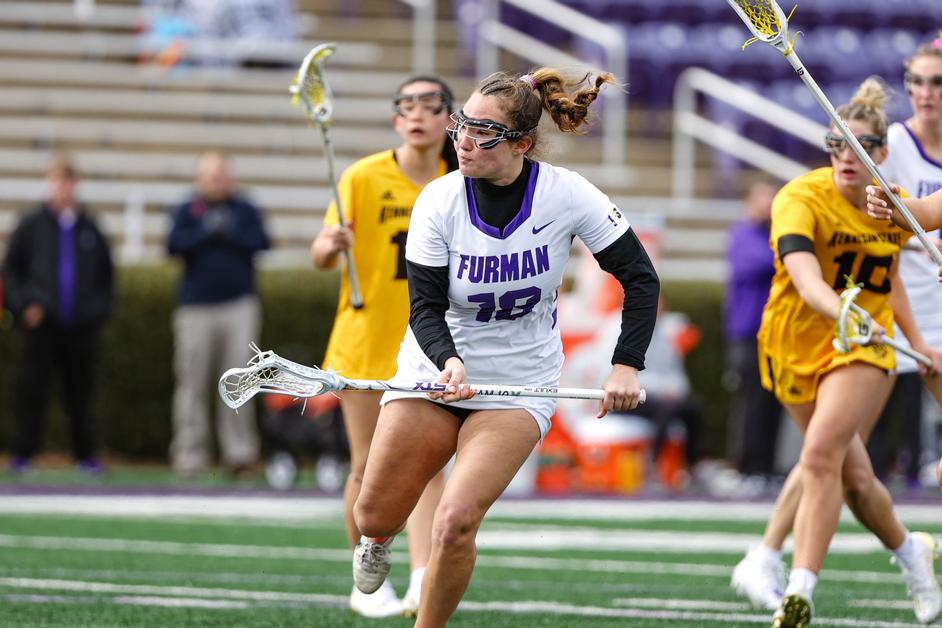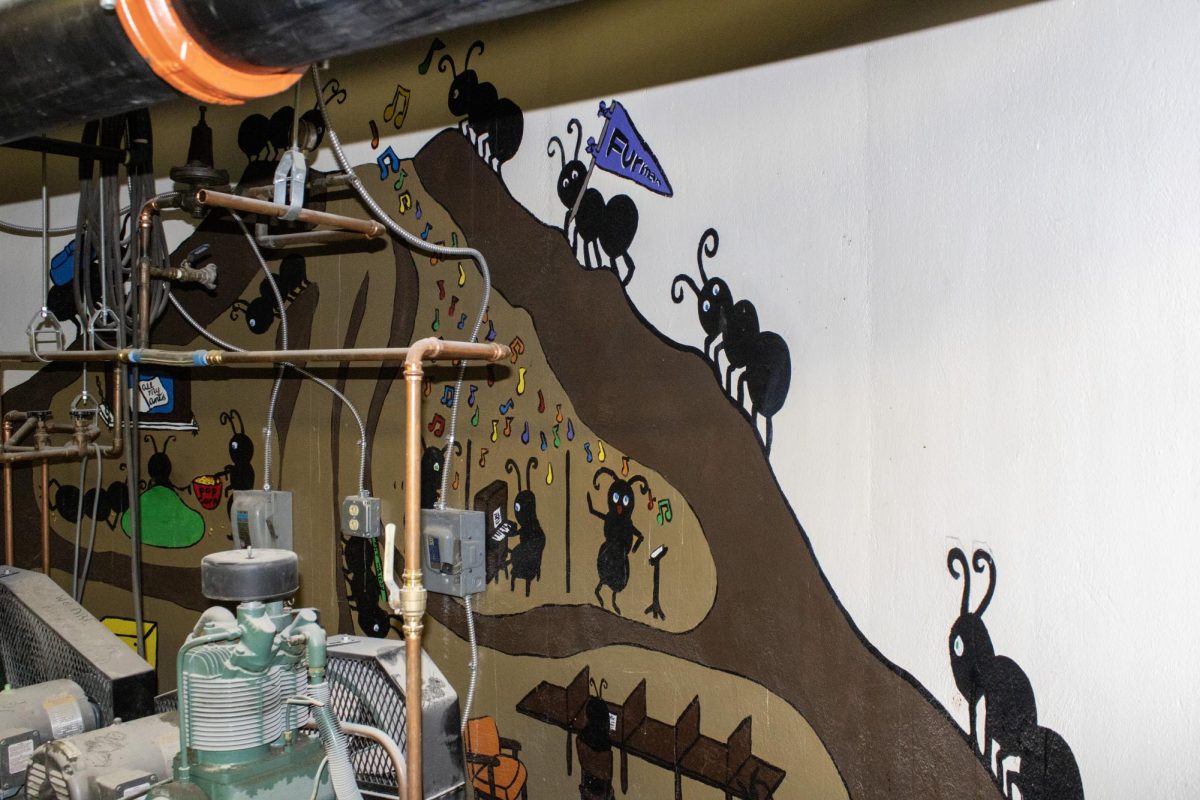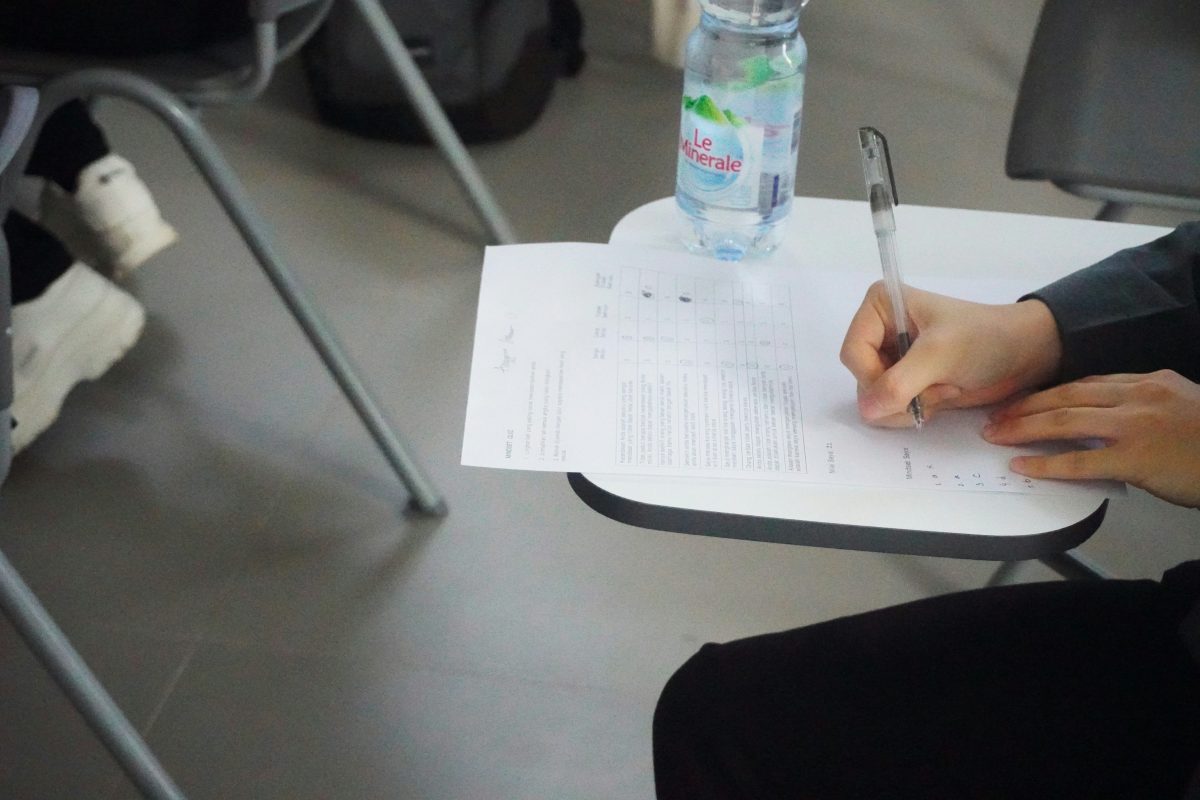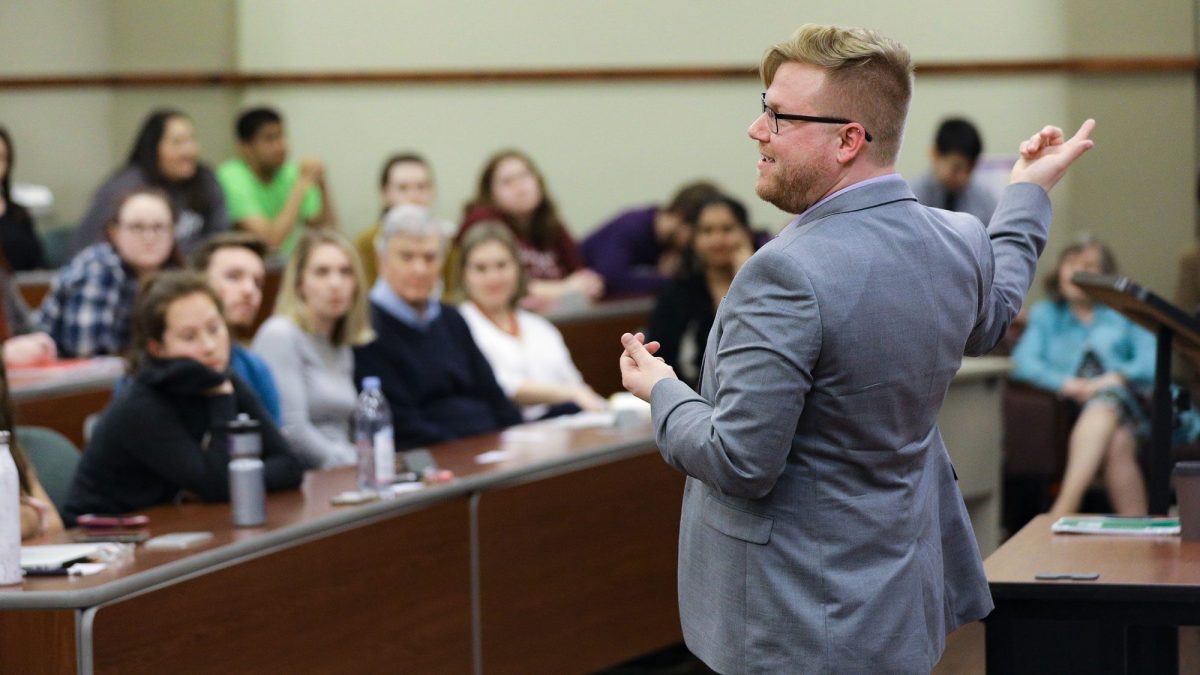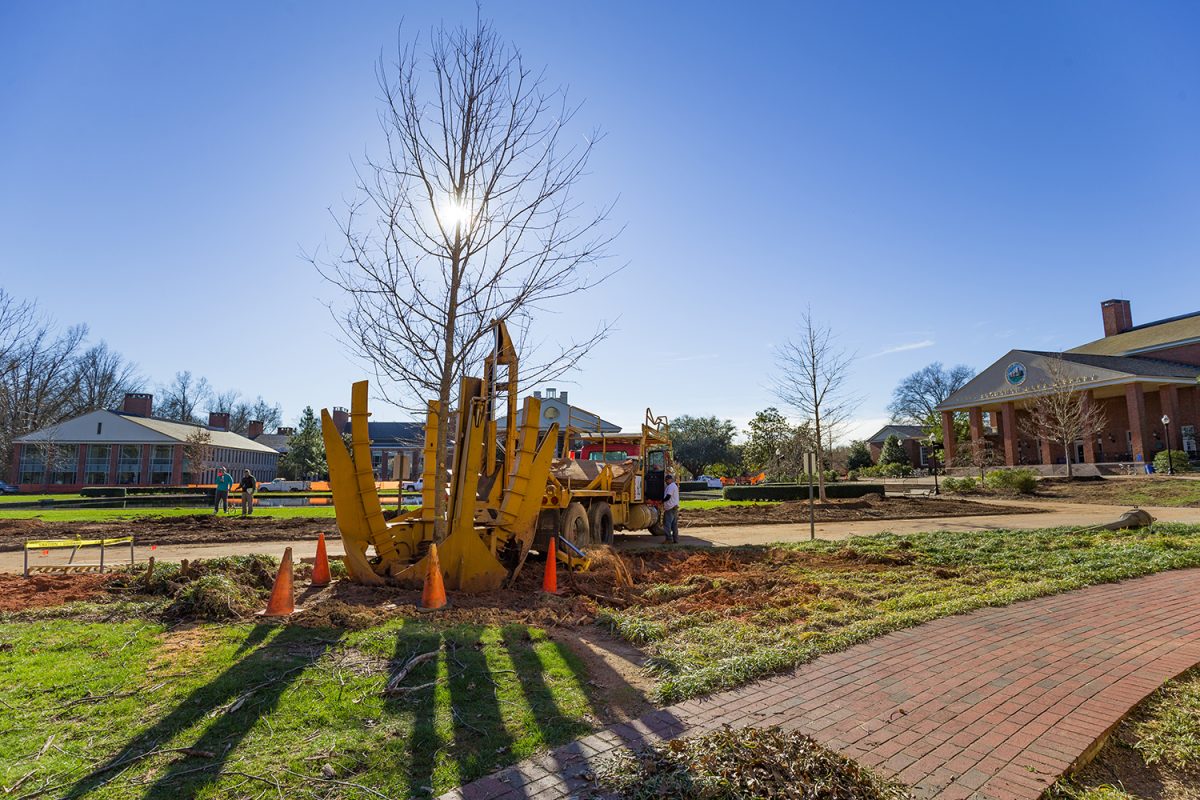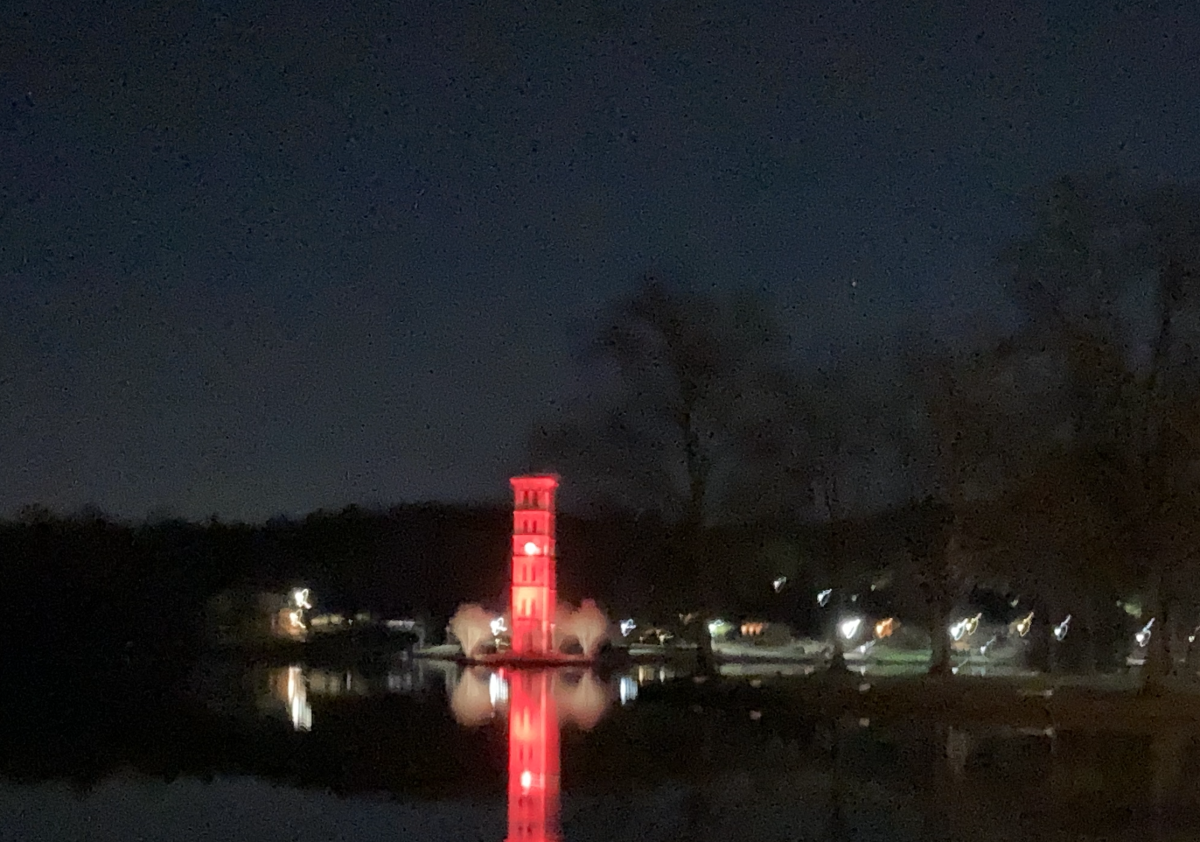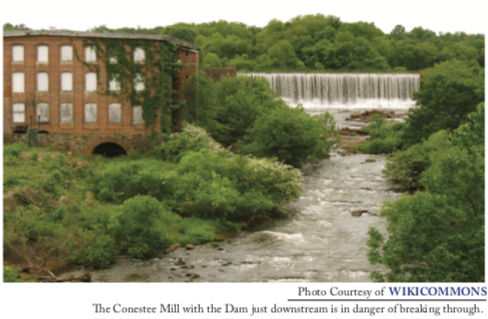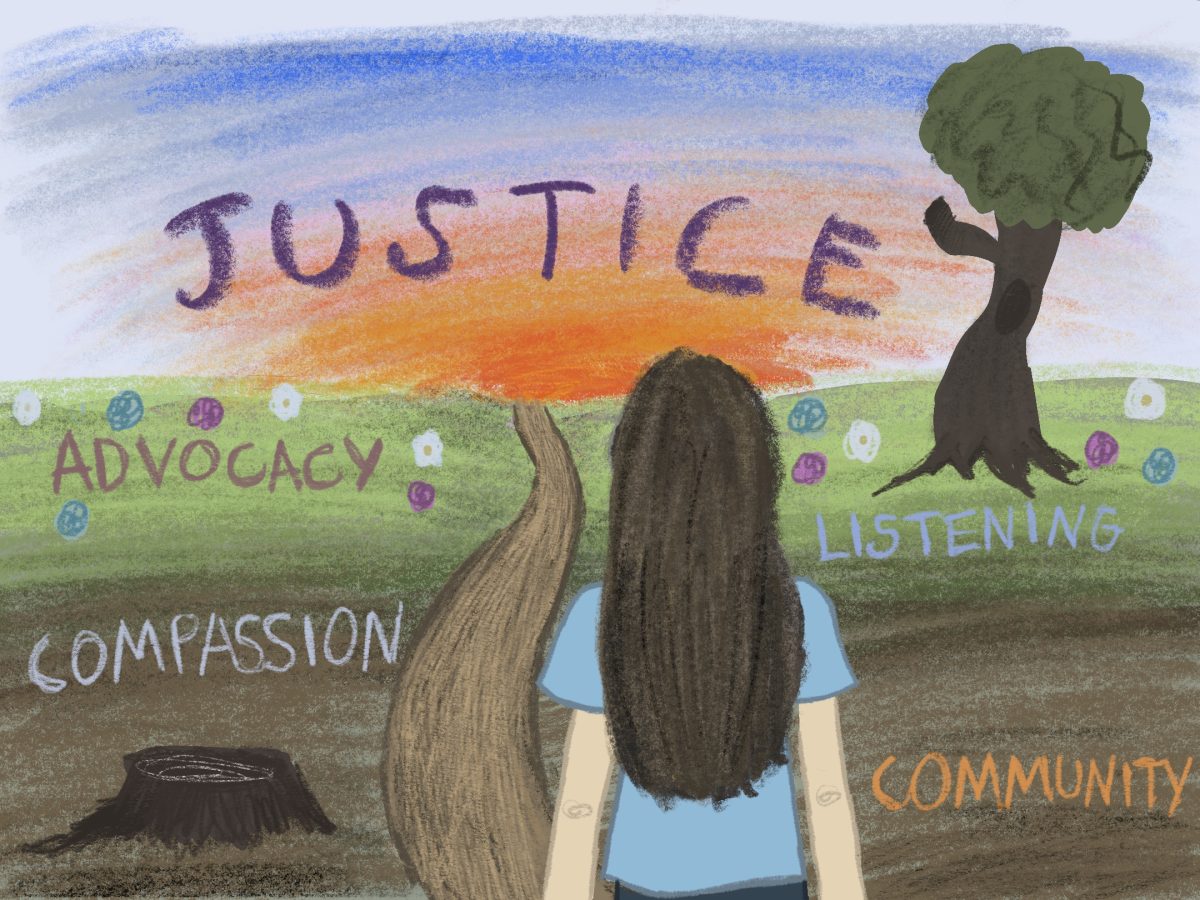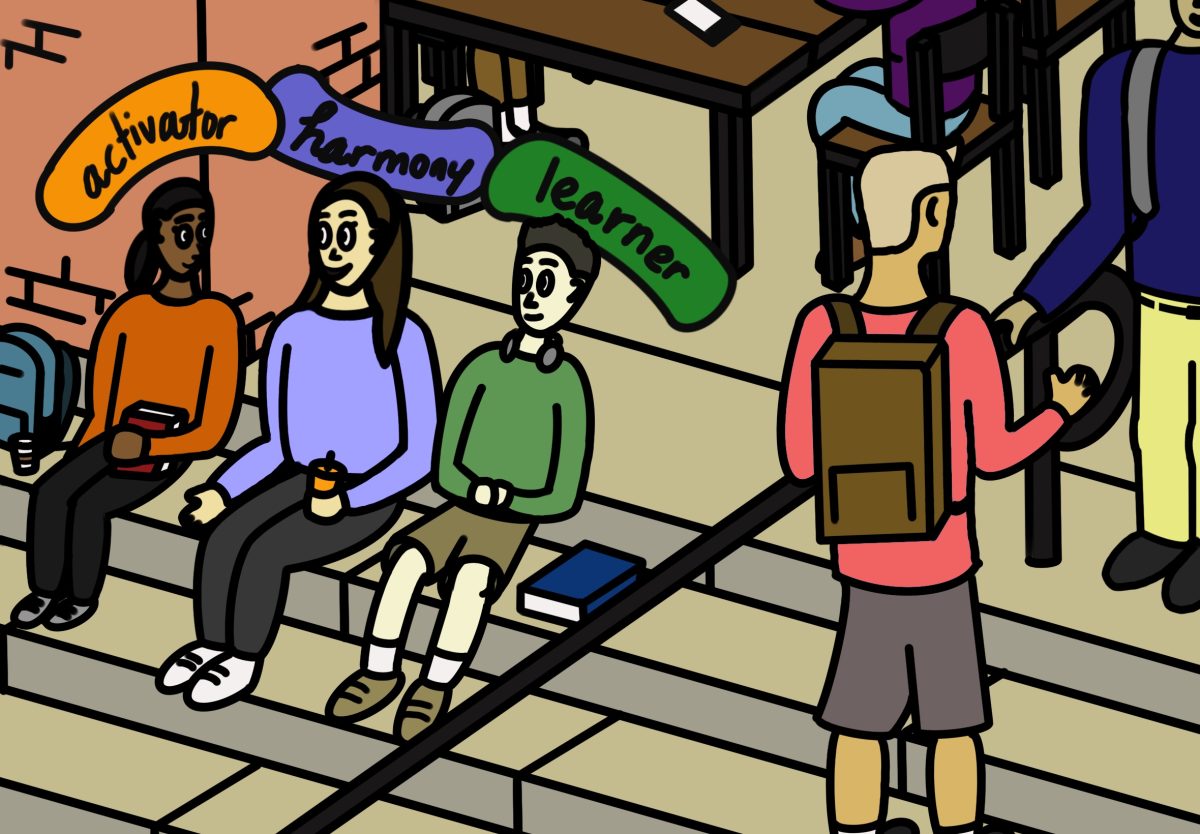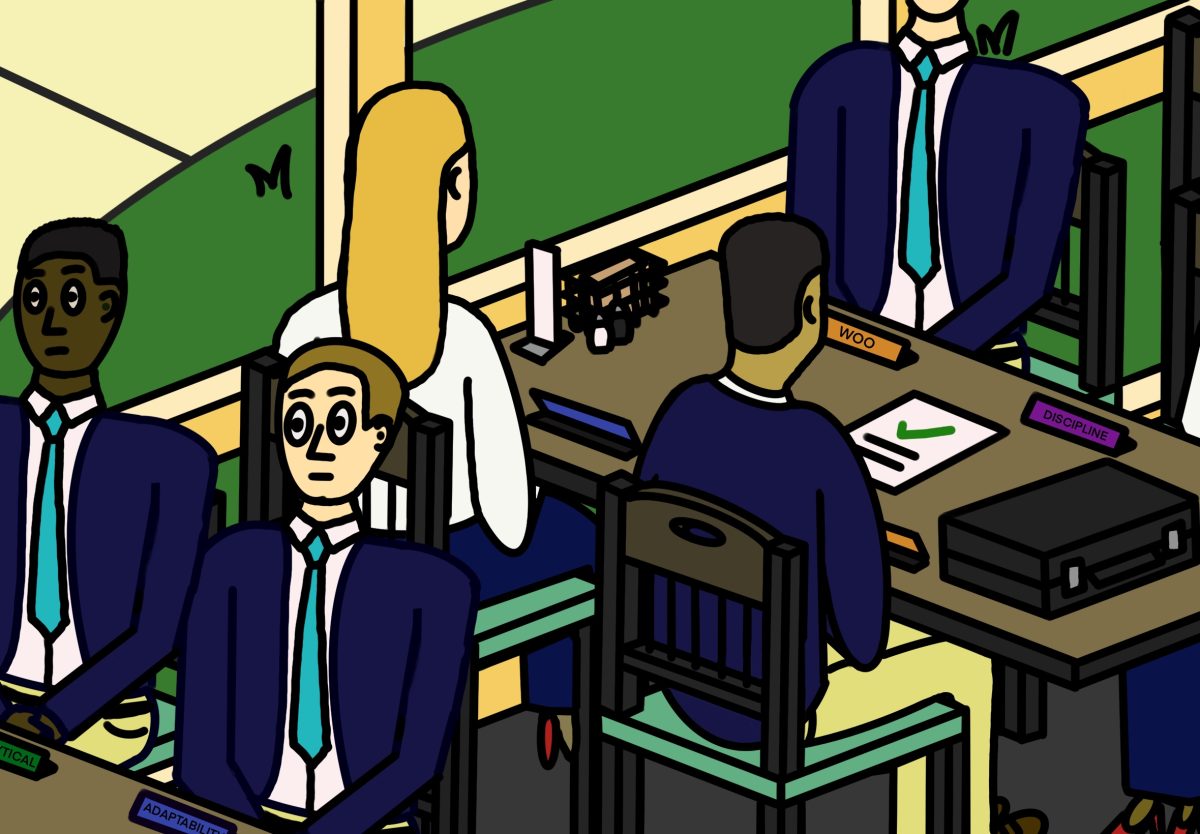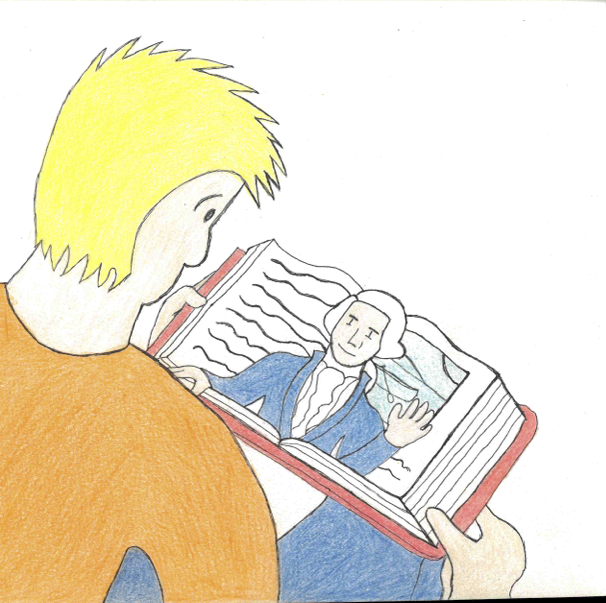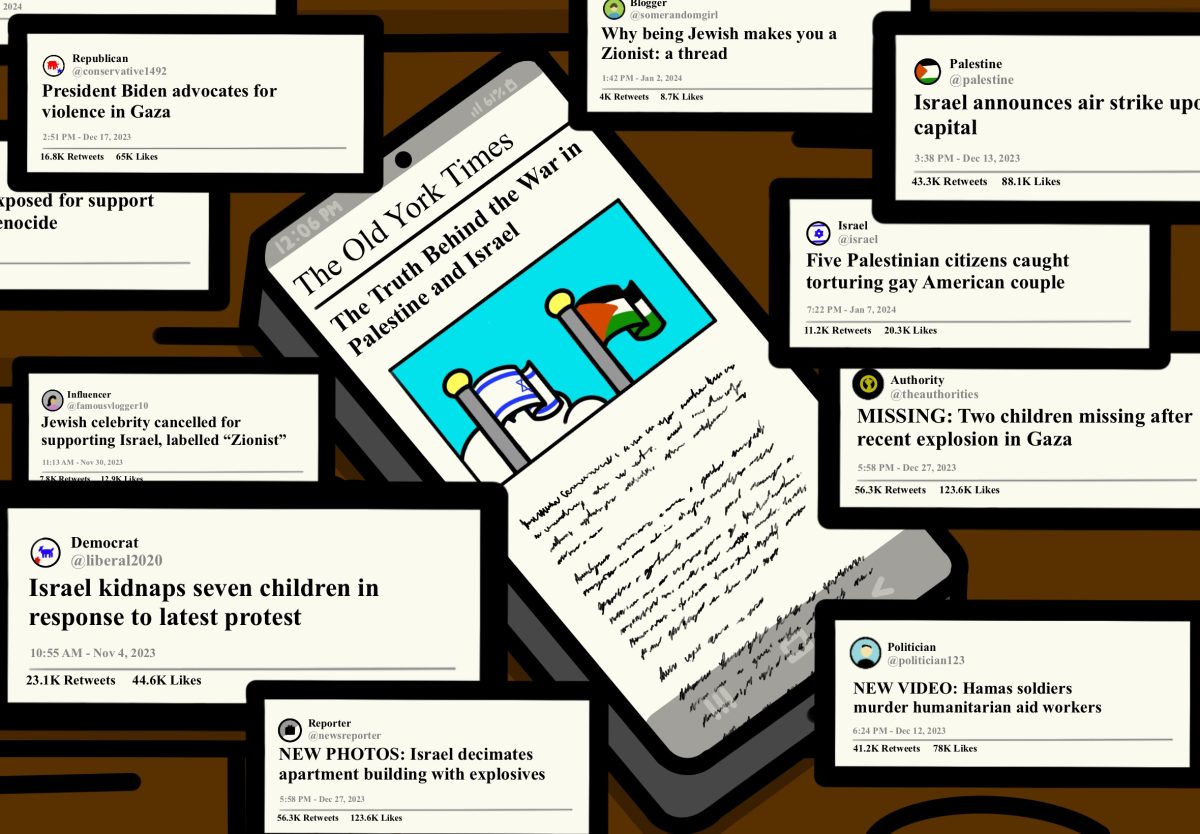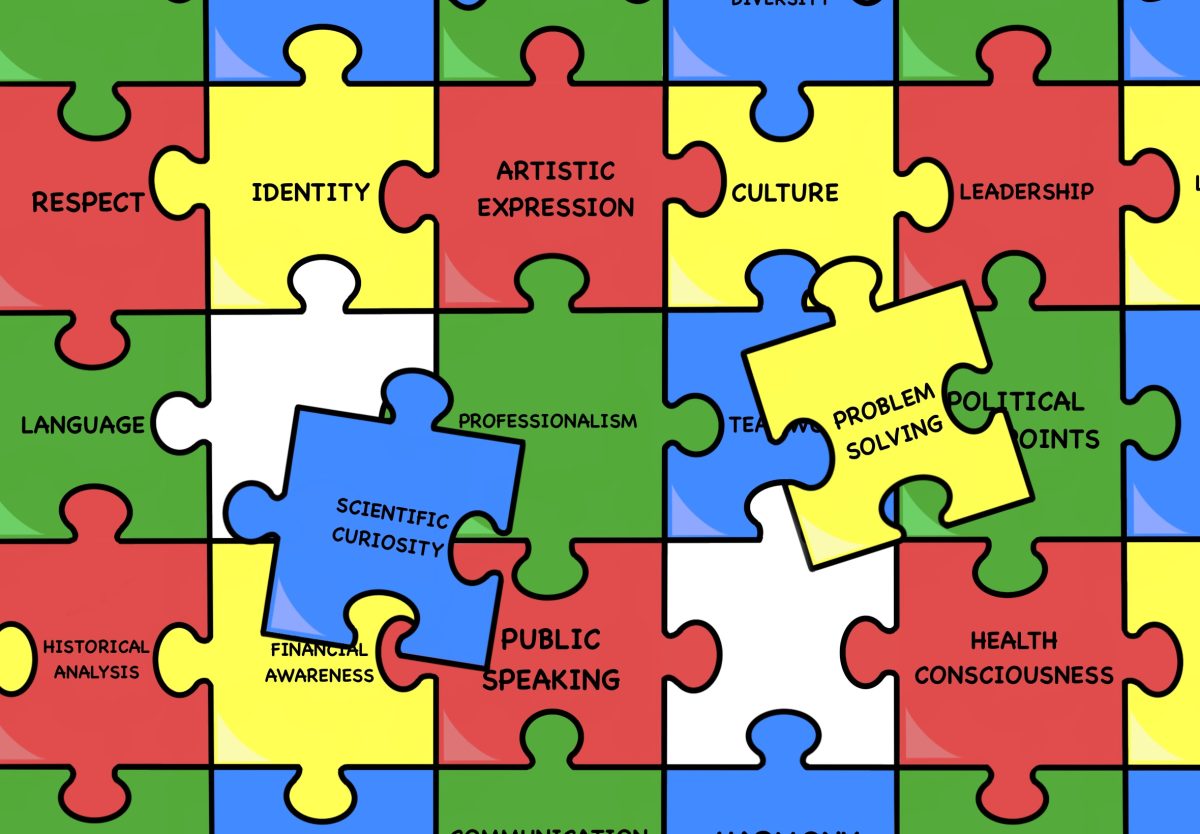“2.8 million tons of toxic sediment” is being held by the Conestee Dam, according to the Greenville News. “We roll the dice everyday” on whether or not it will burst, Dave Hagett, founder and director of the Conestee Foundation stated in an interview with the Greenville News.
The Conestee Dam was built downstream from the Conestee Mill in the 1840s for Vardy “Father of Greenville” McBee’s textile and paper production, according to the South Carolina Picture Project. Now, after centuries of waste has built up behind the dam,–and water already leaking through–we face a problem. Almost three tons of what is essentially toxic mud, held in place by a hand-made wall, is on the verge of its breaking point. If this dam bursts, it would create a massive, toxic mudslide flowing downstream from The Conestee Dam.
“Failure [of the dam] would close Conestee Road… and would disrupt businesses between Mauldin and the South Carolina Technology and Aviation Center” Greenville News wrote.
Not only this, but the toxic waste would pollute water sources in Greenville, eliminating access to clean water for numerous communities, concluded the DHEC (health department).
This is a common issue with dams. When a river is blocked by a wall, the sediment it is carrying can no longer move, and as a result, it is deposited where the water meets the wall. There, the water’s flow is used to produce hydroelectric energy (or is otherwise simply acting as a reservoir, limiting the waterflow), but the sediment is left behind. Over time, this results in sediment piling up, and inevitably, a dried out lake. However, in this case it appears that the dam may burst prior to this point.
It has been proposed that the dam be rebuilt to reinforce its structure for another century, but this would allow more sediment to build up. It’s a complicated problem, as wildlife is affected as well, but it may be necessary to dredge the area behind the dam to remove toxic sediment, and eventually, return the river to its natural state (without a dam at all).
Human intervention on natural processes leads to these kinds of issues. Damming, monocultures, deforestation, and several other practices create unforeseen circumstances that inevitably harm us. As we continue to move forward to a sustainable future, we must take this into consideration, limiting the ultimate environmental impact of our infrastructure.

